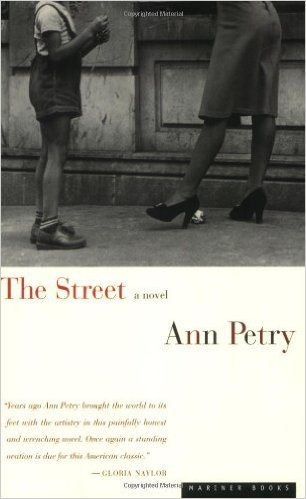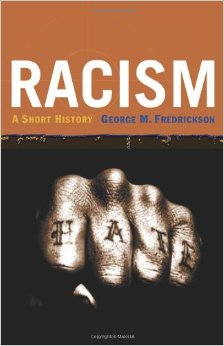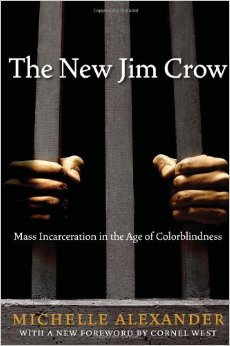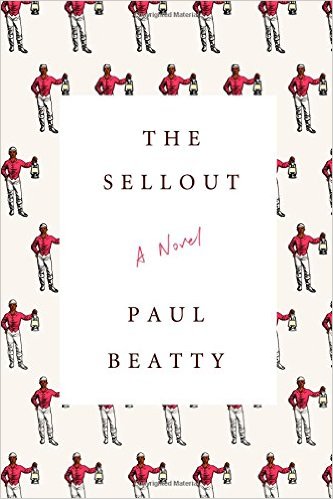Since its launch in 2011, the UConn Reads initiative has consistently featured books that both engage the diverse viewpoints of our university community and refract contemporary issues and debates. From Half the Sky by Nicholas Kristof and Sheryl WuDunn to F. Scott Fitzgerald’s The Great Gatsby, from Marjane Satrapi’s Persepolis to The Omnivore’s Dilemma by Michael Pollan, the UConn community has chosen books that reflect present-day concerns over human rights, class inequalities, gender disparities, and environmental catastrophes.
Continuing in the tradition of these previously selected works and their ability to prompt conversation and stimulate reflection, this year’s nominations perhaps more urgently reflect an issue that remains all-too-real and all-too-relevant: race in America. Situated within the context of a never-ending news cycle in which stories of race-based violence dominate, and set adjacent to national conversations about racial discrimination and disenfranchisement, this year’s theme is not so much prescient as it is timely.
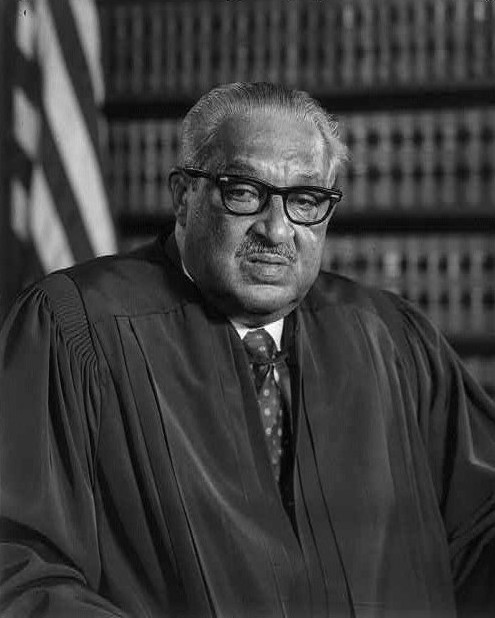
There is unfortunately a pervasive feeling of déjà vu with regard to the current state of racial affairs. Despite the election of the nation’s first African American president; despite the fact that Asian Americans comprise the fastest growing immigrant population in the United States; and despite the fact that America’s Latino population has increased almost nine-fold since 1960, race remains contested and racism unresolved.
This sense of profound non-progress was eloquently accessed in a speech delivered by Thurgood Marshall, the first African American Justice of the U.S. Supreme Court, on July 4, 1992, and it remains pertinent today. At the time, Marshall was accepting the Liberty Medal, awarded annually by the National Constitution Center of the United States in recognition of leadership in the pursuit of freedom. Alluding to the Los Angeles Riots that took place that year, Marshall noted:
… as I look around, I see not a Nation of unity but of division – Afro and White, indigenous and immigrant, rich and poor, educated and illiterate. … I wish I could say that racism and prejudice were only distant memories. We must dissent from the indifference. We must dissent from the apathy. We must dissent from the fear, the hatred, and the mistrust. We must dissent from a nation that has buried its head in the sand, waiting in vain for the needs of its poor, its elderly, and its sick to blow away. … We must dissent because America can do better, because America has no choice but to do better.
Such dissension is evident in the nominations made this year by alumni, staff, students, and faculty, which repeatedly point to histories and legacies of racialized segregation and oppression.
The UConn Reads Steering Committee has, as indicated by the following “long list,” a wonderfully difficult challenge ahead with regard to selecting the 2015-2016 book.
- Ann Petry’s The Street (1947). Set in Harlem, The Street focuses its attention on Lutie Johnson, an African American single mother, who must contend with pervasive sexism and racism.
- “Why Are All the Black Kids Sitting Together in the Cafeteria?” (1997) by Beverly Daniel Tatum takes the discussion of race head-on via a series of essays intended to generate productive dialogues about racialization and racism.
- Racism: A Short History (2003) by George M. Fredrickson concisely maps the connections between medieval anti-Semitism, race-based colonization, the Holocaust, apartheid, 20th-century Jim Crow segregation.
- Michelle Alexander’s The New Jim Crow: Mass Incarceration in the Age of Colorblindness (2010) considers the ways in which the present-day U.S. criminal justice system, through the War on Drugs, has dramatically reintroduced a new system of racial profiling and segregation.
- Isabel Wilkerson’s The Warmth of Other Suns (2010) is a history of the Great Migration and features biographies of three individuals who left the South for points north and west.
- Fear and What Follows: The Violent Education of a Christian Racist (2013) is a memoir written by Tim Parrish that relates the author’s experiences of coming-of-age during the 1960s and 1970s in Baton Rouge, La.
- Chimamanda Ngozi Adichie’s Americanah (2013) details the experiences of a young Nigerian woman who migrates to the United States to pursue her education and stays for work.
- Claudia Rankine’s Citizen (2014) is, according to Los Angeles Times book critic David L. Ulin, a “vivid hybrid of verse, narrative prose, and documentary images that reframes, among others, the stories of Trayvon Martin, Mark Duggan, and Zinedine Zidane to ruminate on public and private identity.”
- Paul Beatty’s The Sellout (2015) is a satirical, wide-ranging novel about life and politics in allegedly post-racial America.
The UConn Reads program was created to bring together the University community – from students, faculty, and staff to alumni and friends of UConn, as well as citizens of Connecticut – for a far-reaching and engaging dialogue centered on a book suggested by the community.

